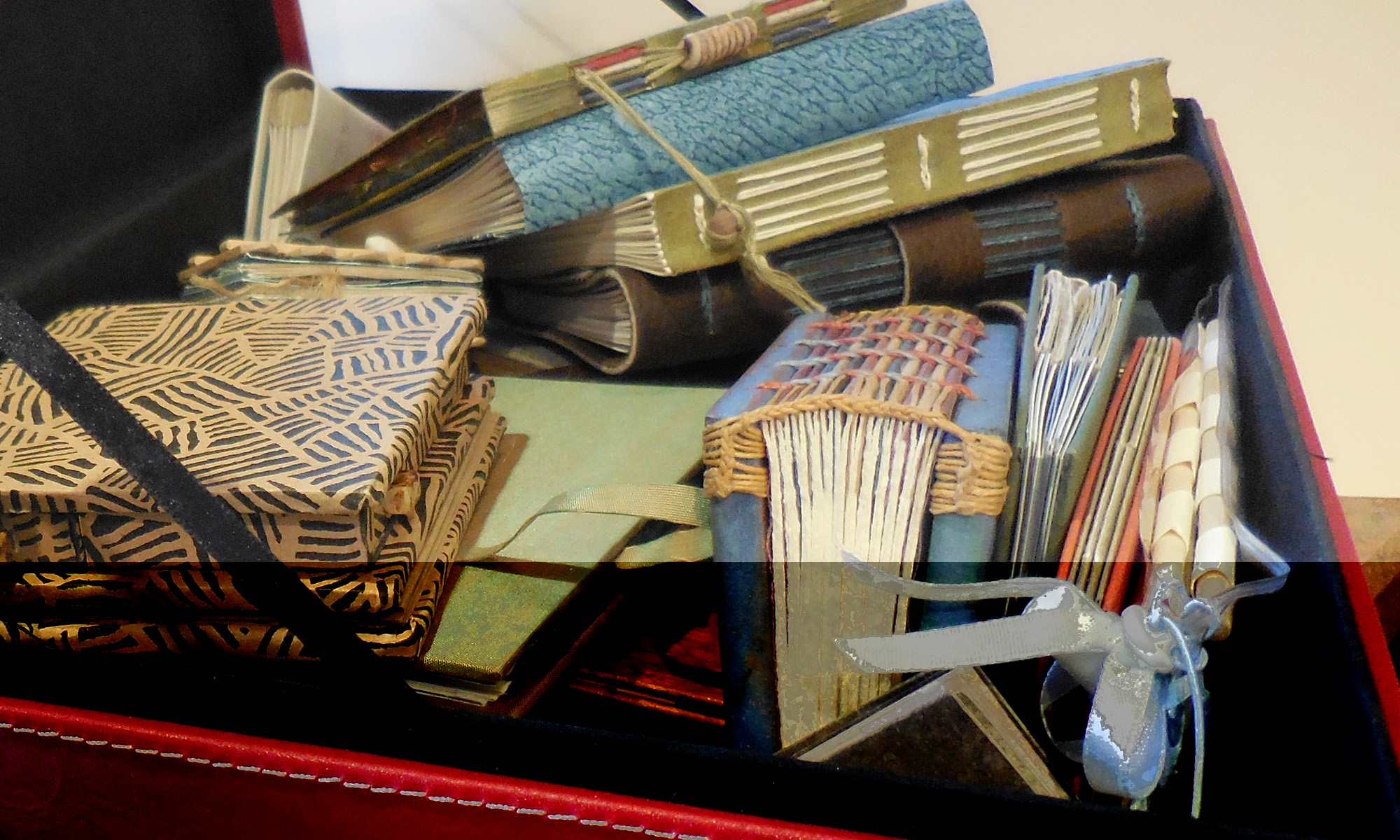I recently completed a Stanford MOOC (Massive Open Online Course) entitled “Digging Deeper 1: Making Manuscripts“. This six-week course ended in early March, and I’m still mulling over what I learned.
Some of the topics covered in the course:
- the social, political and economic forces which drove the change from papyrus to membrane (vellum, parchment);
- circumstances which caused the decline of the scroll format and the rise of the codex format;
- information a medieval manuscript can provide to us about its origins and use;
- historical scribal practices that help to identify the date and location of manuscripts, from pricking and ruling to page design features such as catchwords and quire markings;
- how to find digitized images of medieval manuscripts, how these images are organized, and the pros and cons of studying digitized images as opposed to the studying the manuscripts themselves.
I thoroughly enjoyed it, and look forward to Stanford’s next MOOC on medieval manuscripts, entitled “Digging Deeper 2: The Form and Function of Manuscripts“. This course will continue some of the studies begun in part 1 but also focus on conservation practices today.
I wrote more about this MOOC experience in my regular column of the Guild of BookWorkers Newsletter. (If you are not a member, you’ll be able to read it in 6 months or so.)
